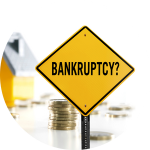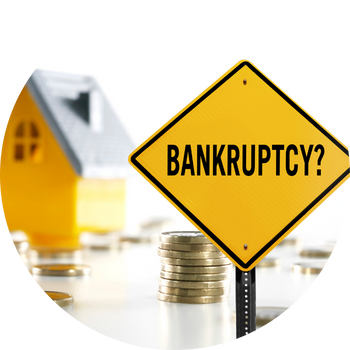What bankruptcy cannot do:
Prevent a secured creditor from repossessing property – A bankruptcy discharge does not eliminate liens. So, if you have secured debt (i.e., a debt where the creditor has a lien on your property and can repossess it if you don't pay), bankruptcy can eliminate the debt, but a creditor can still repossess the property.
Eliminate child support and alimony obligations – Child support and alimony obligations survive bankruptcy. You will continue to owe these debts in full, just as if you had never filed for bankruptcy. If you file for Chapter 13, your plan will have to provide for these debts to be repaid in full.
Wipe out student loans, except in very limited circumstances – Student loans can be discharged in bankruptcy only if you can show that repaying the loan would cause you “undue hardship,” a very tough standard to meet. You must be able to show not only that you cannot afford to pay your loans now, but also that you have very little likelihood of being able to pay your loans in the future.
Eliminate most tax debts – Eliminating tax debt in bankruptcy is not easy, but it is sometimes possible for older debts for unpaid income taxes.
Eliminate other “nondischargeable” debts – Nondischargeable debts, under either Chapter 7 or Chapter 13 bankruptcy, include:
- debts you fail to list in your bankruptcy filling,
- debts for personal injury or death caused by intoxicated driving, and
- fines and penalties imposed for violating the law, such as traffic tickets and criminal restitution.




